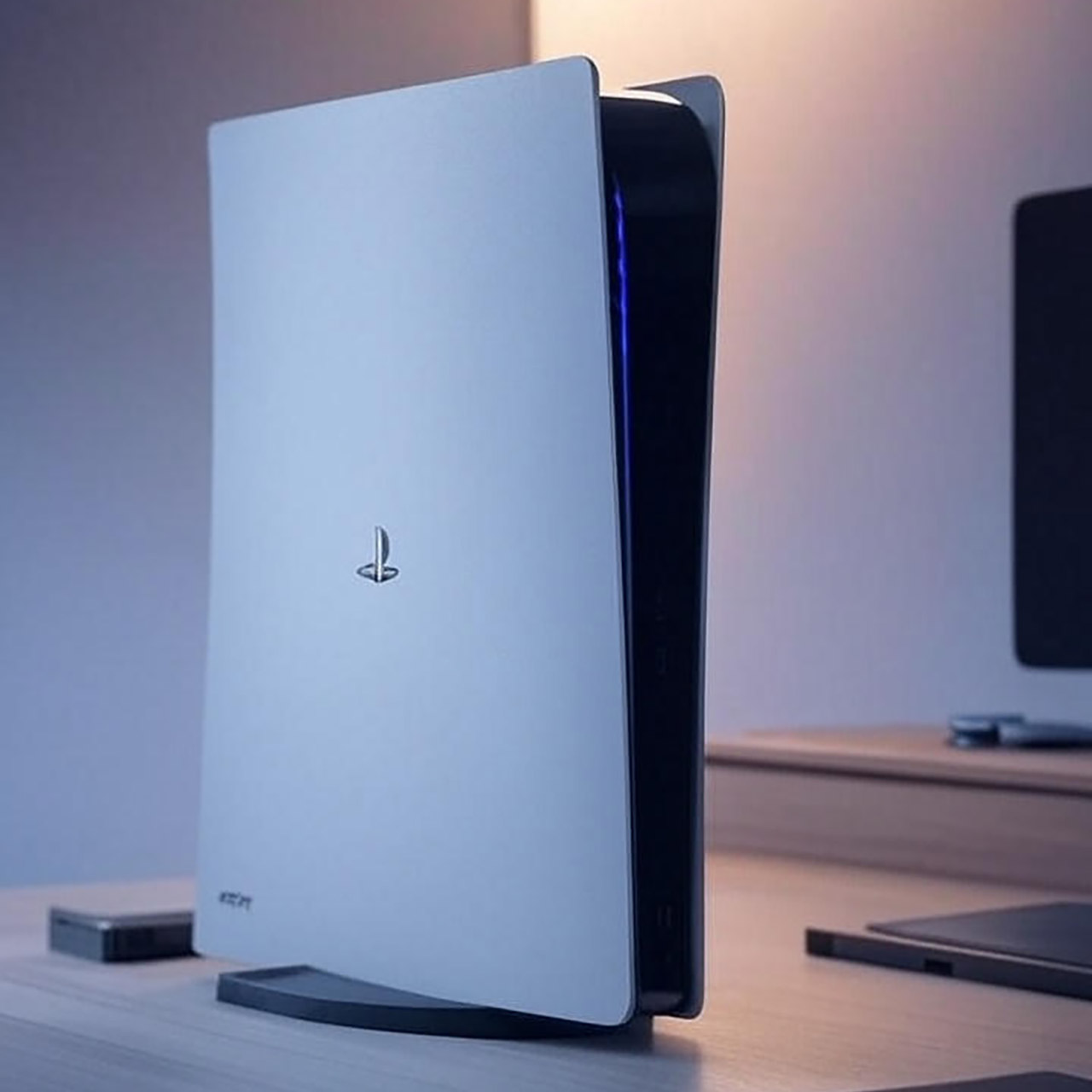Sony’s Rumored PS6 Specs Include Semi-Custom AMD Orion Chip with Up to 40 Teraflops of Power


The console gaming world has seemingly gone quiet and with the Nintendo Switch 2 out now, all eyes are on Sony’s next move. Leaks about the PlayStation 6 are gathering pace and painting a picture of hardware that can redefine what a home console can do.
Leaks point to a semi-custom AMD chip at the heart of it all, codenamed Orion. This chip is a single large piece, about 280mm² in size, built on TSMC’s 3nm process. That’s smaller than before and should run cooler and more efficient with a 160w power draw, less than the PS5 Pro. Efficiency like that means the console is quiet and energy smart without sacrificing the oomph for demanding games.
For general tasks, Orion has 7 or 8 high efficiency Zen 6c cores and 2 low power Zen 6 cores for the system’s background tasks. That’s 9 or 10 cores in total, depending on whether Sony disables one for reliability reasons. Those low power cores handle the OS duties which frees up about 20% more performance from the main ones for your games. It’s a smart division that means smooth multitasking even as games get more complex.
Graphics are the real star here with the GPU side of Orion having 52-54 compute units based on AMD’s upcoming RDNA 5 design. These units run at 2.6-3ghz with 10mb of L2 cache. The result is 34-40 teraflops of raw power. To put that in perspective, the original PS5 is 10.28 teraflops, the Pro is 16.7 and the PS4 is 1.84. This means games could render scenes 2.5-3 times faster than the base PS5 in rasterization – the process of turning 3D models into on screen images.
Ray tracing is the big winner here with performance expected to be 6-12 times better than the PS5. That’s the same kind of gain as Nvidia’s high end RTX 5090 graphics card and would allow for advanced light simulation in games that feels lifelike and immersive. As an example, Moore’s Law Is Dead tested Alan Wake 2 on the base PS5 and path tracing (a more intensive form of ray tracing) drops to around 10 frames per second. Multiply that by 6-12 and you’re looking at 60-120 frames, smooth enough for real time effects without stuttering. AMD has been behind Nvidia in this area before but rumors suggest their next architecture is pouring resources into ray tracing so this is plausible.
Memory rounds out the package with up to 40GB of GDDR7 memory, connected via a 160-bit bus running at 32Gbps. That’s 640GB/s of bandwidth, plenty for high res textures and quick data swaps. Sony might settle on 30 or 40GB by 2027 but either way it’s more than the 16GB in the PS5. Faster, denser memory like this means bigger worlds and more detail, short load times and smooth gameplay.
Backward compatibility is also on the table with support for PS5 and PS4 games. The shared x86 architecture between these generations makes that easy, so you can dive back into your library without worry. PS3 games are off the table – no surprise given the unique Cell processor in that old machine which has always complicated ports to newer hardware. Sony is focusing on the recent past so most players will have a seamless carryover.
Release timing is mid 2027 for manufacturing start, so a fall 2027 launch. That’s sooner than some expected but it fits Sony’s pattern – they revealed PS5 details about a year and a half before its November 2020 launch. If history repeats itself, official teasers could arrive as early as spring 2026.
[Source]
Sony’s Rumored PS6 Specs Include Semi-Custom AMD Orion Chip with Up to 40 Teraflops of Power
#Sonys #Rumored #PS6 #Specs #Include #SemiCustom #AMD #Orion #Chip #Teraflops #Power








